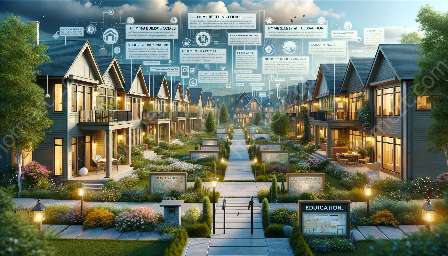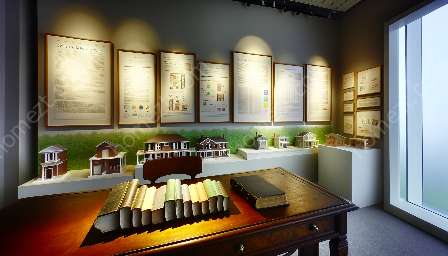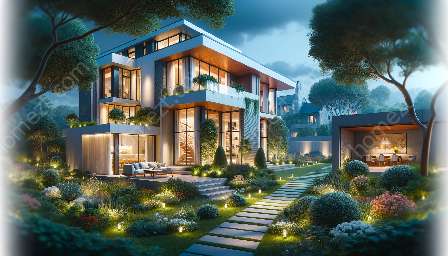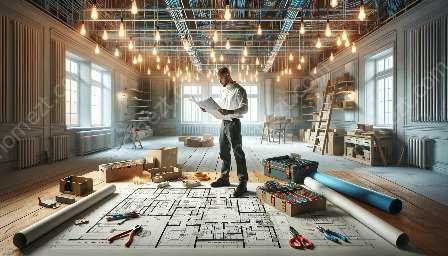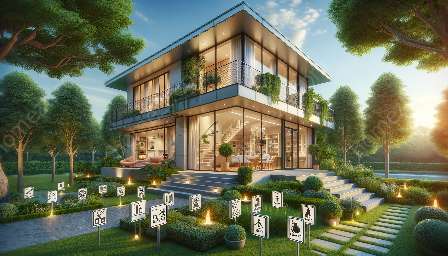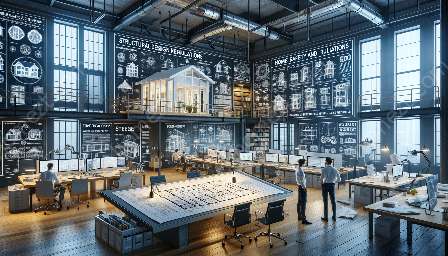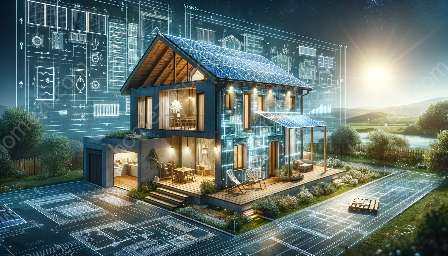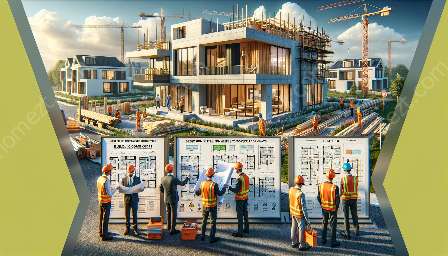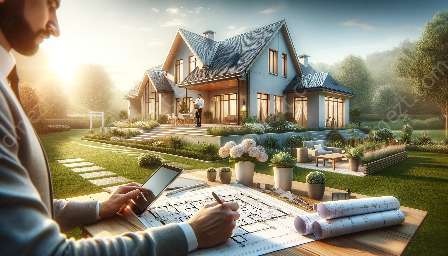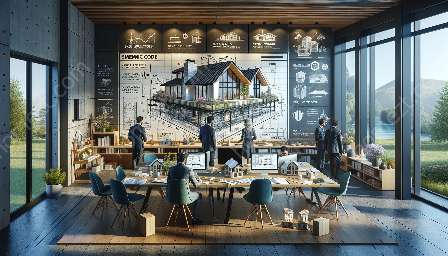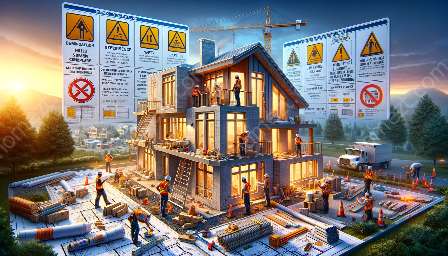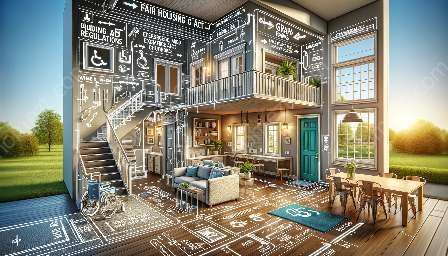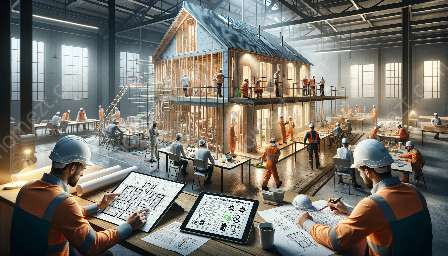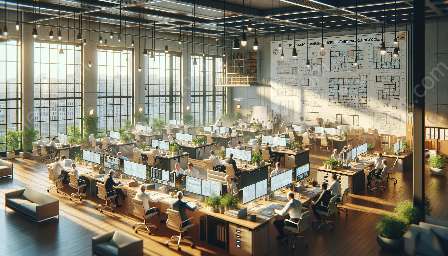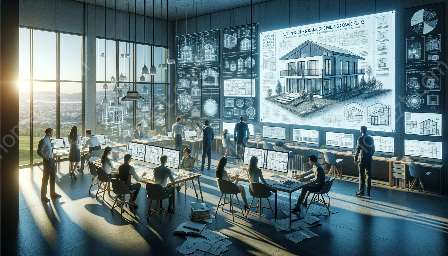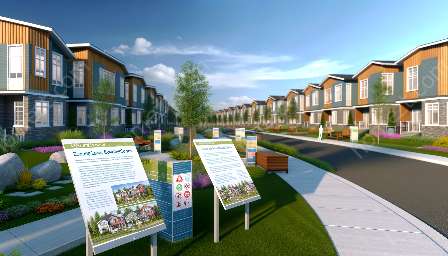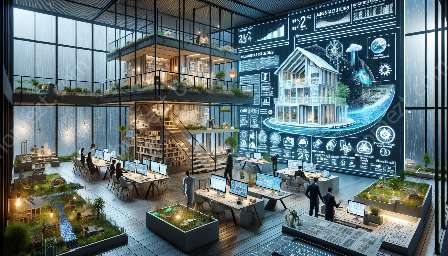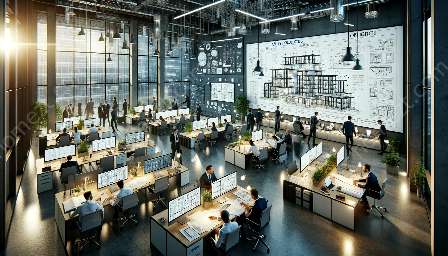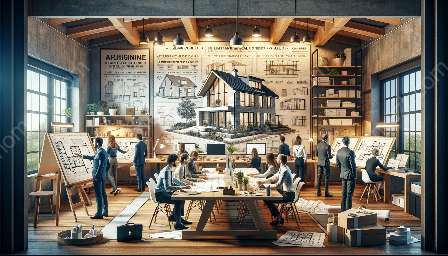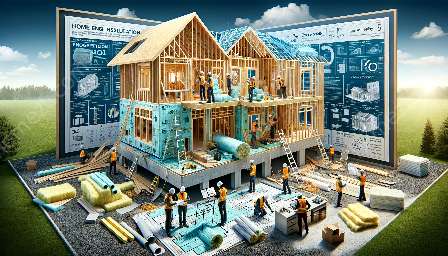Building codes play a crucial role in influencing the design and construction of homes, ensuring they meet safety and security standards. These codes encompass a wide range of regulations, guidelines, and standards that dictate various aspects of home design, including structural integrity, fire safety, energy efficiency, and accessibility.
The Relationship Between Building Codes and Home Design
Home building codes and safety regulations are designed to protect the well-being of occupants and the surrounding community. They set the minimum standards for construction, covering aspects such as structural stability, fire resistance, electrical systems, plumbing, and ventilation. As a result, building codes have a direct impact on how homes are designed and built, influencing architectural choices, material selection, and the overall layout of residential properties.
While building codes are primarily focused on safety and structural integrity, they also play a significant role in shaping the aesthetics and functionality of homes. For instance, regulations related to energy efficiency may lead to the incorporation of innovative design elements, such as sustainable building materials, passive solar design, or green building practices. Similarly, accessibility requirements can influence the inclusion of features like wheelchair ramps, wider doorways, and barrier-free design, ensuring that homes are usable by individuals with diverse mobility needs.
The Benefits of Adhering to Building Codes
Compliance with building codes and safety regulations offers numerous benefits to homeowners, builders, and the broader community. By following these standards, homes are constructed to withstand various environmental and human-made hazards, reducing the risk of damage and enhancing overall resilience. Additionally, adherence to building codes can contribute to improved energy efficiency, lower maintenance costs, and enhanced occupant comfort, creating sustainable and resilient living spaces.
Moreover, building codes provide a level of assurance to homeowners, giving them confidence in the quality and safety of their investment. When homes are constructed in accordance with established codes, occupants can have peace of mind knowing that their living environment meets rigorous safety and security standards. This assurance is particularly valuable in regions prone to natural disasters or other hazards, where robust building codes help mitigate risks and protect lives and property.
Innovations in Home Design and Safety
Over time, advancements in technology and construction practices have contributed to the evolution of home design, allowing for the integration of innovative safety and security features. Building codes adapt to incorporate these advancements, fostering the creation of homes that are not only aesthetically pleasing but also equipped with advanced safety measures.
For example, smart home technologies have become increasingly prevalent in modern residential design, offering capabilities such as remote monitoring, automated security systems, and real-time safety alerts. These technologies align with the objectives of building codes by enhancing home security and providing additional layers of protection for occupants and their belongings.
Additionally, the concept of resilient design has gained prominence, especially in the face of climate change and extreme weather events. Building codes now encompass provisions for resilient construction, promoting the use of durable materials, elevated foundations, and flood-resistant design strategies to safeguard homes against natural disasters.
Conclusion
Building codes have a profound impact on home design, influencing the structural, aesthetic, and safety aspects of residential properties. By ensuring compliance with these codes, homeowners, designers, and builders contribute to the creation of homes that prioritize safety, security, and sustainability. As building codes continue to evolve in response to emerging challenges and opportunities, they will shape the future of home design, creating spaces that are not only visually captivating but also resilient and secure.

